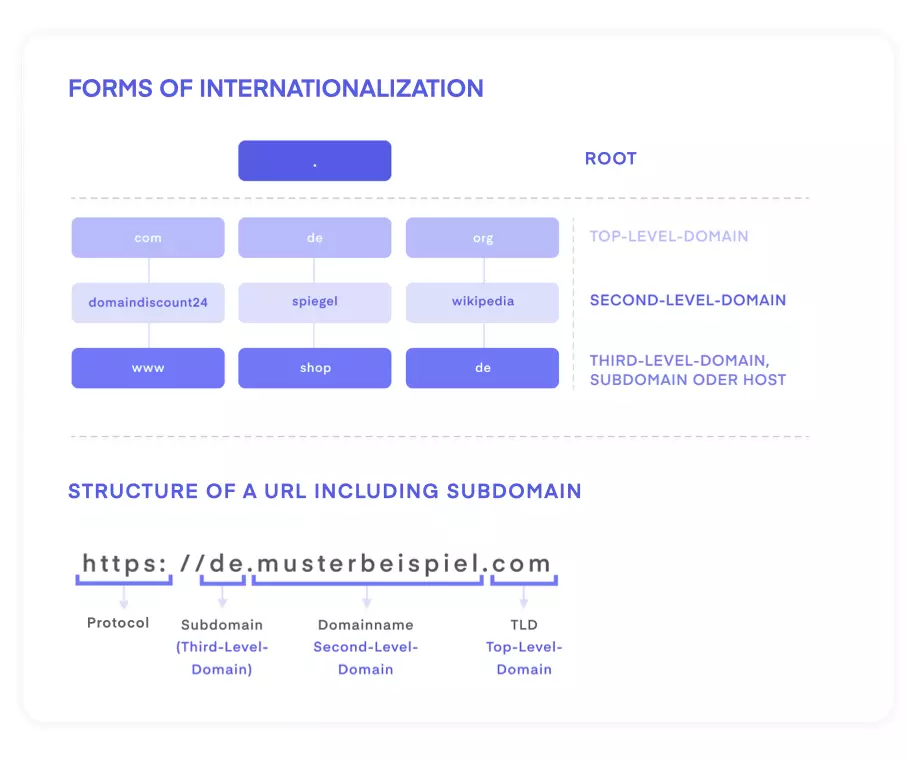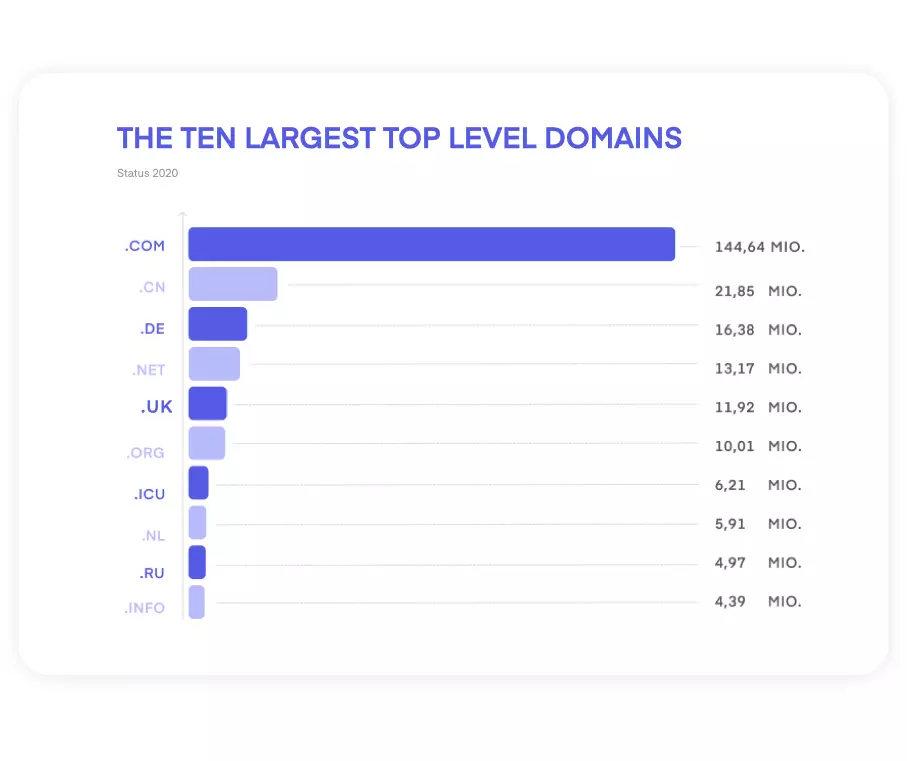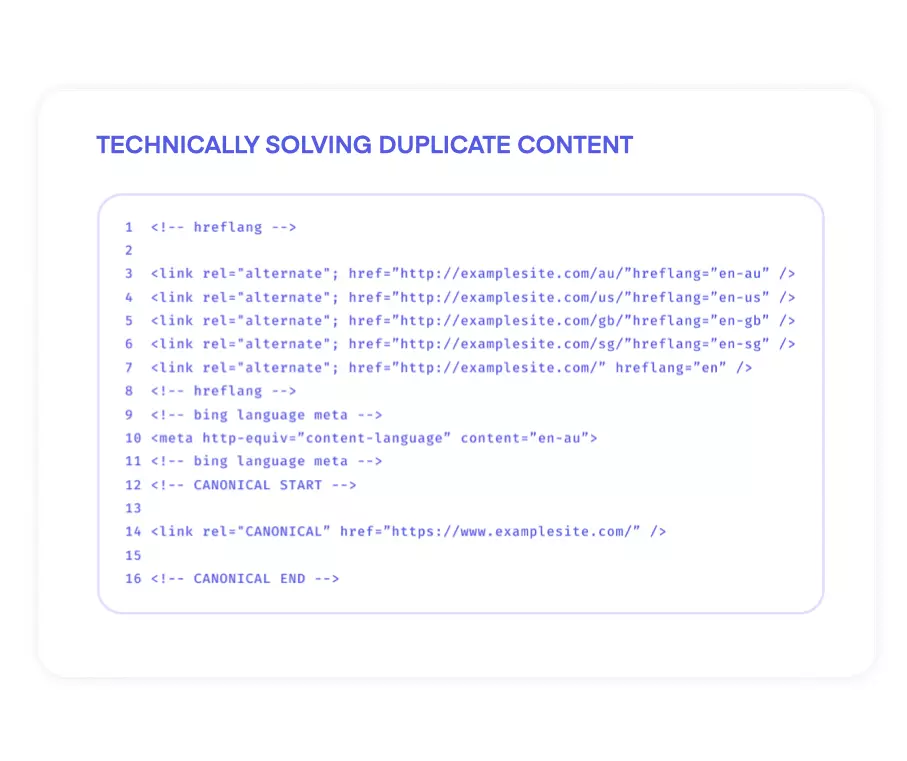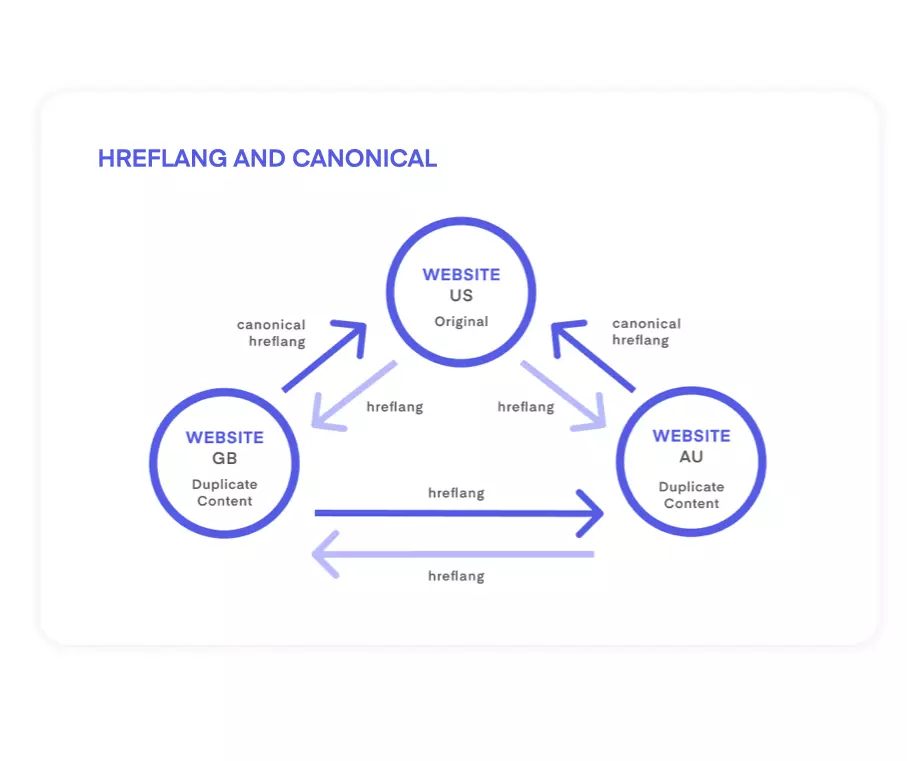Internationalization of websites
- Technical aspects
The internationalization of websites requires some basic steps in order to create a sufficient basis, as already stated in the blog article "Internationalization strategy - 5 phases" . One factor that is often underestimated is the technical implementation and setting up a suitable content management system. What needs to be considered here and which other technical factors must be taken into account is discussed below.
Technical internationalization
As this blog post is about the technical aspects of an international website, some technical terms are first explained and defined below in order to gain a better understanding of the subject matter.
The numeronym i18n | internationalization
Internationalization is translated into English as internationalization or internationalization. As these terms are somewhat long, we often come across the numeronym i18n. This is the abbreviation of the English term, as there are 18 additional letters between the first letter i and the last letter n.
The more complex the internationalization of a website, the more time and therefore costs are saved during the subsequent localization.
The numeronym l10n | localization
In English, localization is translated as localization. As with the abbreviation for internationalization, the first and last letters, including the number of letters in between, are used to form the abbreviation, i.e. l10n.
Internationalization also requires localization. This means that a developer or programmer uses variables in advance instead of hard-coded source code or that country-specific date formats and reading directions are available so that, among other things, texts can be converted from a source language into a target language.
Globalization
Worldwide standardization of business transactions that are, however, culturally differentiated and processed.
Globalization of a website = internationalization + localization + multilingual SEO
Content Management System (CMS)
CMS stands for Content Management System. This is software that is used to create and manage content for websites or intranets. Content can be text, videos, images, PDF files and much more. These are maintained in a CMS, which is internet-based and linked to a data tape connection (backend), whereby individual web pages are made accessible to the user (frontend).




